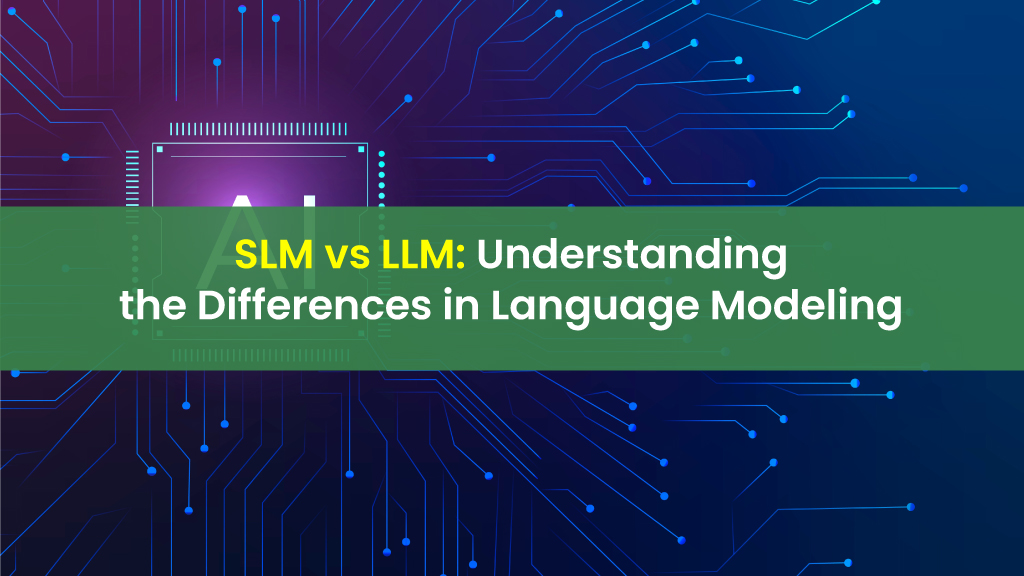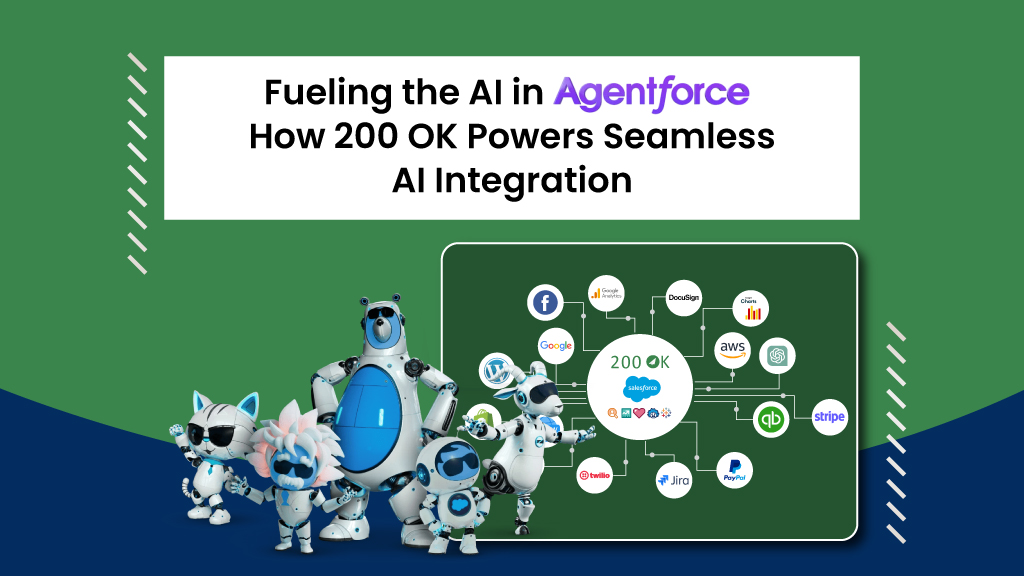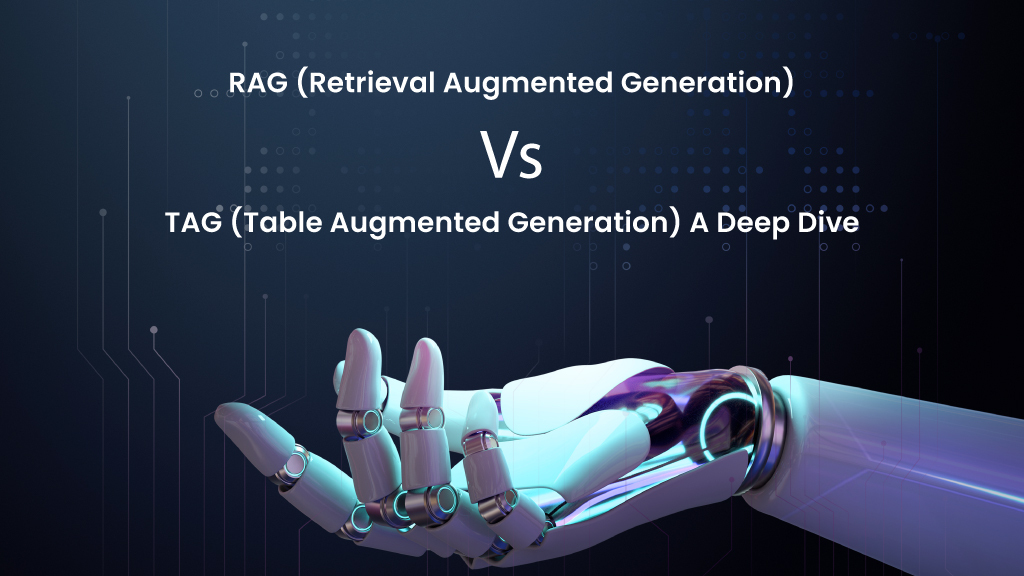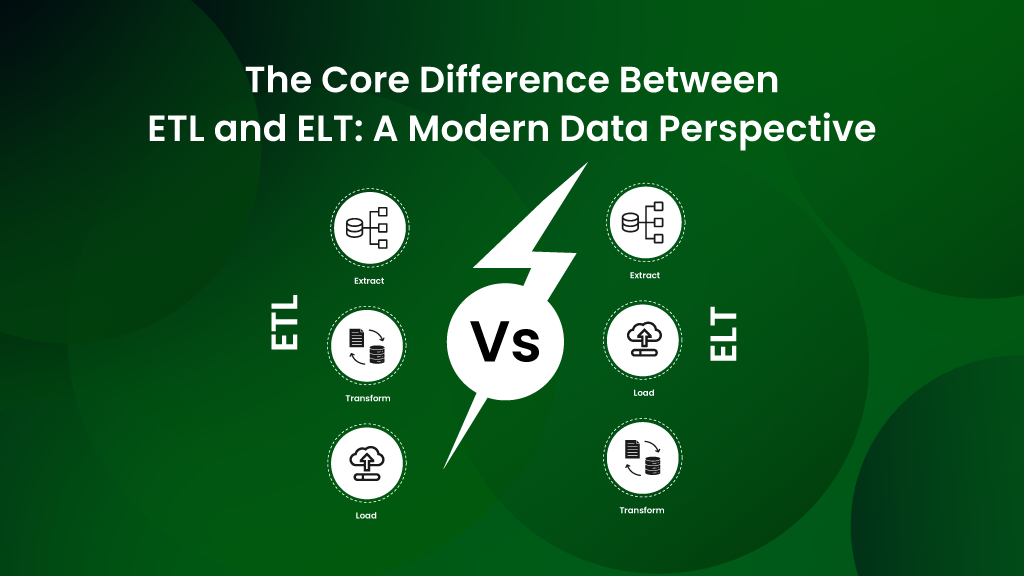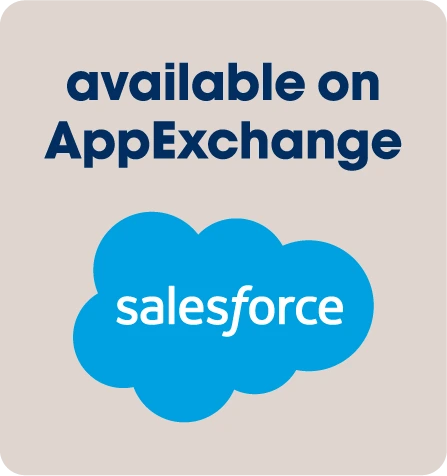Introduction
Today, no organization can do without AI. With all the AI buzz around, initially, the LLMs took the world by storm and now, there’s a new term around making the headlines, the “SLM”. But what are these exactly and how are these different from each other?
But before going into those details, it is important to understand what is a language model, first of all. Language models are designed to comprehend, generate, and perform human-like language tasks, having been trained on tons of data. However, not all language models are the same – they come in different sizes- large and small, each with their unique strengths and weaknesses, tailored according to the requirements.
In this blog, we’ll be talking about the small language models and large language models, their purpose, key differences, and important applications, in short, SLM vs LLM.
What is LLM?
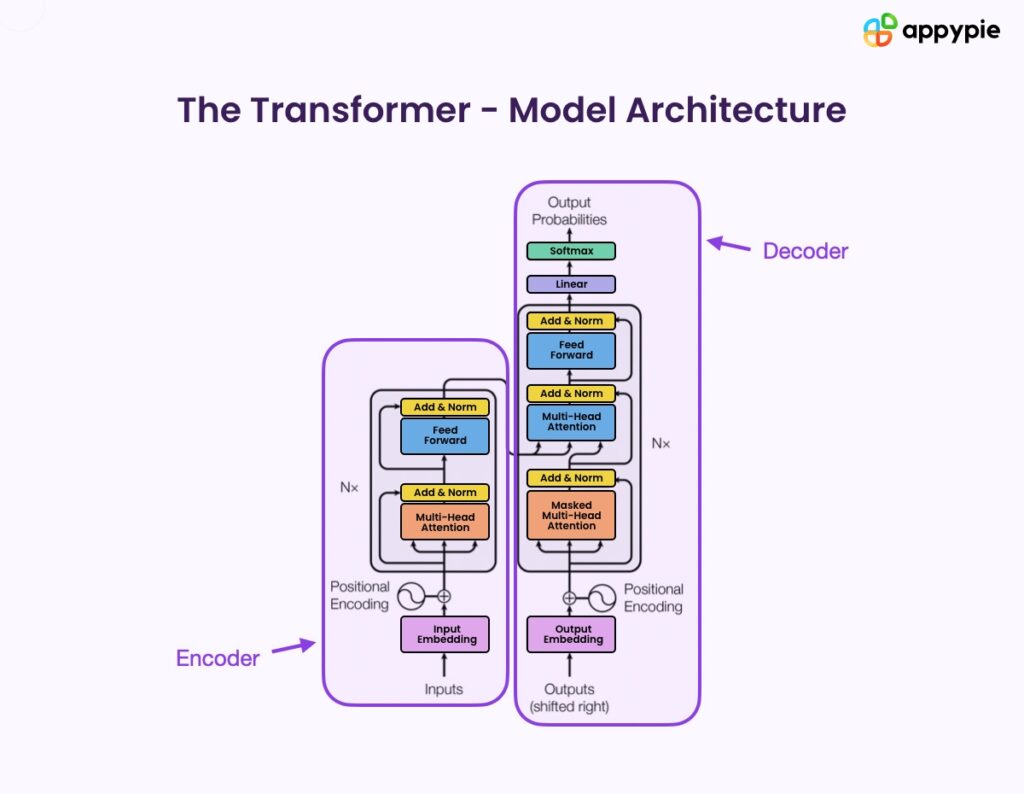
LLM, a large language model is an AI model designed to comprehend user queries and respond in a human-like manner. These models are built using deep learning techniques, which enable them to process and generate text in a way that closely mimics human language.
Large Language Models utilize the transformer architecture, which is extremely complex and helps when data amount scales.
There are two main parts to this architecture, the encoder and the decoder.
Whenever the data is fed into it, it breaks the input data into tokens, which are then massaged with complex mathematical operations. Once done, it uncovers knotty relationships between the fragments, and this process helps the system to understand the relationships and patterns with human-like apprehension, the next time it is subjected to a similar query.
LLMs are trained on tons of data with the help of which they are able to comprehend queries and come up with the best possible answer, and have billions of parameters set for them. These Large Language Models (LLMs) have expanded significantly in terms of the number of parameters they can manage and the vast datasets they utilize. For instance, GPT-3 has approximately 175 billion parameters.
What is SLM?
A Small Language Model (SLM) is a type of AI language model designed to understand and generate human language using a simpler, less resource-intensive approach.
But why the word “small”? The word small indicates the smaller amount of data that SLMs are trained on, the smaller parameters that they have, and the smaller neural network architecture.
SLMs are typically built using statistical methods and smaller-scale neural networks, which make them more efficient but less powerful in handling complex language tasks. Small Language Models offer a practical and efficient solution for basic language processing tasks. Their simplicity and resource efficiency make them ideal for applications with limited computational power and budget.
| Feature | Small Language Models | Large Language Models |
|---|---|---|
| Number of Parameters | Millions to Tens of Millions | Billions to Trillions |
| Training Data | Smaller, more specific datasets | Massive, diverse datasets |
| Computational Requirements | Lower (faster, less memory/power) | Higher (slower, more memory/power) |
| Cost | Lower cost to train and run | Higher cost to train and run |
| Domain Expertise | Can be fine-tuned for specific domains | More general knowledge across domains |
| Performance on Simple Tasks | Good performance | Good to excellent performance |
| Performance on Complex Tasks | Lower capability | Higher capability |
| Generalization | Limited generalization | Strong generalization across tasks/domains |
| Transparency/Interpretability | More transparent/ interpretable | Less transparent |
| Example Use Cases | Chatbots, simple text generation, domain-specific NLP | Open-ended dialogue, creative writing, question answering, general NLP |
| Examples | ALBERT, DistilBERT, TinyBERT, Phi-3 | GPT-3, BERT, T5 |
1. Architecture
2. Model Size and Complexity
LLMs (Large Language Models):
- Size: Typically contain billions of parameters. Examples include GPT-3 with 175 billion parameters.
- Complexity: Utilizes deep learning architectures such as transformers with many layers and attention heads.
SLMs (Small Language Models):
- Size: Contain significantly fewer parameters, often in the range of thousands to millions.
- Complexity: Uses simpler statistical methods or smaller neural network architectures.
3. Training Data
LLMs:
- Data Volume: Trained on massive datasets that span diverse domains and include billions of words.
- Data Diversity: Often includes multilingual and multimodal data, improving generalization and context understanding.
SLMs:
- Data Volume: Trained on smaller, more focused datasets.
- Data Diversity: Typically limited to specific domains or types of text, which can constrain generalization.
4. Performance and Capabilities
LLMs:
- Accuracy: High accuracy in natural language understanding and generation due to extensive training.
- Context Handling: Can maintain context over long passages, providing coherent and contextually relevant responses.
- Versatility: Effective across a wide range of tasks including translation, summarization, and complex question-answering.
SLMs:
- Accuracy: Lower accuracy and less sophisticated understanding compared to LLMs.
- Context Handling: Limited to short-range dependencies, often struggling with maintaining context over long texts.
- Task Specialization: Best suited for specific, narrow tasks such as simple autocomplete or basic chatbots.
5. Computational Requirements
LLMs:
- Resource Intensive: Requires significant computational power, memory, and specialized hardware like GPUs or TPUs for training and deployment.
- Training Time: Long training times, often spanning weeks or months.
SLMs:
- Resource Efficient: Requires less computational power and can be run on standard hardware.
- Training Time: Shorter training times, making them more accessible for quick deployments.
6. Use Cases and Applications
LLMs:
- Advanced Chatbots: LLMs power sophisticated chatbots that can handle complex customer service inquiries, understand nuances in conversation and even provide emotional support. Imagine an LLM chatbot in a bank that can answer your questions about complex financial products or even navigate you through the loan application process with a conversational flow.
- High-Quality Content Generation: LLMs are used to create different creative text formats, like poems, code, scripts, or even musical pieces. This can be helpful for marketing campaigns or even brainstorming creative ideas for a new product.
- Machine Translation with Nuance: LLMs can translate languages with high accuracy while considering the context and tone of the text. This is valuable for multinational companies or international communication platforms.
SLMs:
- Smart Reply Features in Email: SLMs can analyze incoming emails and suggest short, contextually relevant replies, saving users time and effort.
- Spam Filtering: SLMs can identify and filter out spam emails based on patterns in the content and sender information. This helps protect users from phishing attempts and keeps inboxes organized.
- Targeted Advertising on Social Media: SLMs can analyze user data and online behavior to recommend products or services that are relevant to their interests. This can be seen in action when you see targeted ads appear on your social media feeds.
Applications of SLMs and LLMs
Large Language Models (LLMs):
- Content Creation: Generate different creative text formats like poems, code, scripts, musical pieces, emails, letters, etc.
- Machine Translation: Translate languages with high accuracy.
Question Answering: Answer open-ended, challenging, or strange questions in an informative way. - Chatbots: Power chatbots for customer service, information retrieval, or entertainment.
- Text Summarization: Create concise summaries of lengthy documents or articles.
- Code Generation: Assist programmers by generating code snippets or completing code based on prompts.
Small Language Models (SLMs):
- Sentiment Analysis: Analyze text to understand the emotional tone (positive, negative, neutral) of reviews, social media posts, or customer feedback.
- Named Entity Recognition: Identify and classify named entities in text, such as people, organizations, locations, dates, etc. (useful for financial transactions or legal documents)
- Spam Filtering: Identify and filter out spam emails based on content patterns.
- Data Classification: Categorize data points based on specific criteria relevant to a particular domain (e.g., medical diagnosis codes, legal document types)
- Fraud Detection: Analyze transactions or activities to identify potential fraudulent behavior in finance or cybersecurity.
- Targeted Advertising: Recommend products or services to users based on their online behavior and interests within a specific industry.
